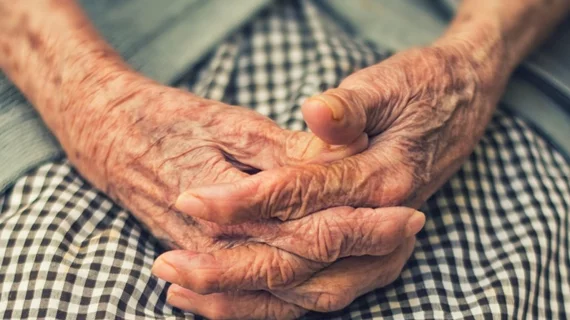About 1 in 5 patients experienced cachexia—or a loss of muscle and body weight—within a year of acute ischemic stroke, according to a small, single-center study published Jan. 24 in the Journal of Cachexia, Sarcopenia and Muscle.
Cachexia was defined by a loss of body weight greater than 5 percent and was linked to worse functional outcomes and a deterioration in physical strength.
“To the best of our knowledge, our study is the first to prospectively investigate the development of cachexia in patients after acute stroke,” study author Nadja Scherbakov, with Charité University Hospital in Berlin, said in a press release. The findings were also presented at Heart & Stroke 2019, a meeting of the European Society of Cardiology Council on Stroke.
“Our findings show that the amount of skeletal muscle throughout the body declines after stroke,” Scherbakov added. “This opens the door for treatment options such as dietary supplementation and exercise training to prevent muscle wasting after stroke.”
The study included 67 patients who were 69 years old on average and experienced acute ischemic stroke within the middle cerebral artery. Twenty-one percent became cachectic within a year, while 16 percent had moderate weight loss and 63 percent either maintained their weight or put on pounds.
The modified Rankin scale scores were 48 percent higher in cachectic versus non-cachectic patients at 12 months, with higher scores indicating greater dependency. Also, handgrip strength was 34 percent lower among patients with cachexia.
On average, the 14 patients who became cachectic lost 19 percent of their fat tissue and 6.5 percent of their lean tissue. They also had significantly higher levels of C-reactive protein, a marker of inflammation, as well as a 30 percent greater chance of reduced appetite.
“The disability caused by stroke is usually attributed to brain damage, with little attention paid to the effector organ, which is the skeletal muscle,” Scherbakov said. “Exercise training is the most promising way to delay or prevent progression of muscle wasting and may be a therapy option. Treatment of cachexia includes dietary supplementation with protein, vitamins and minerals, and might also prevent muscle wasting after stroke.”

